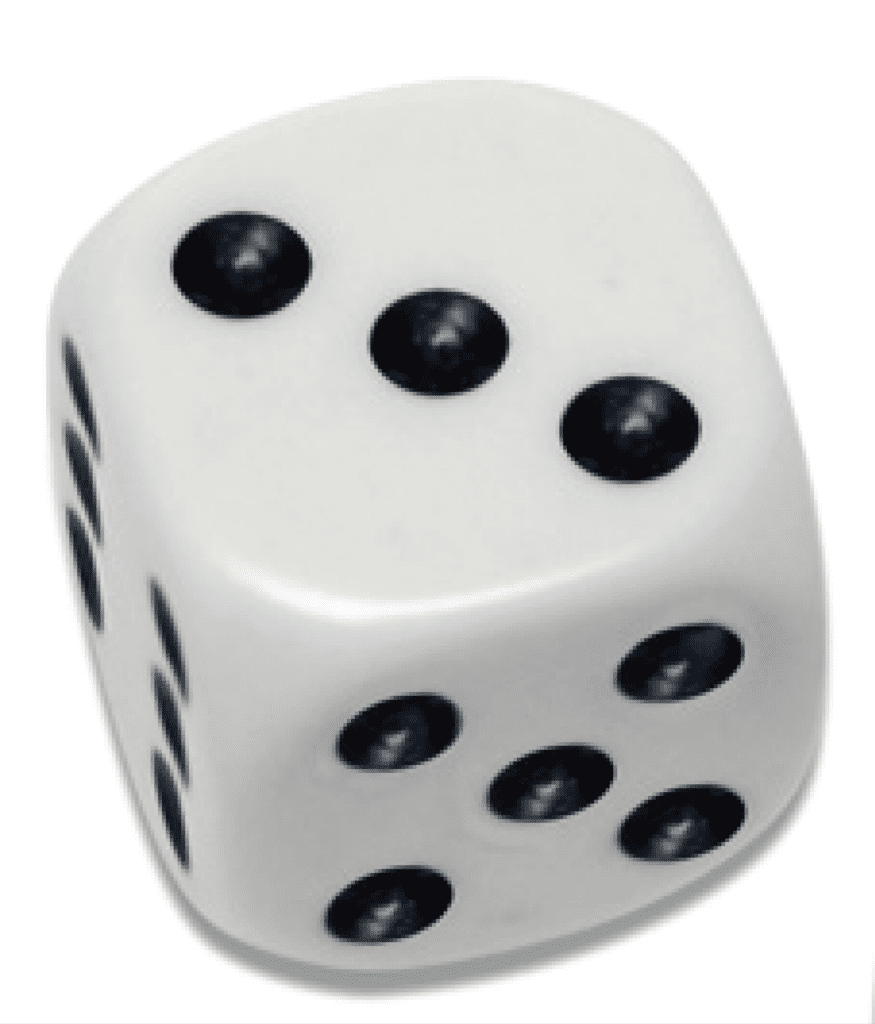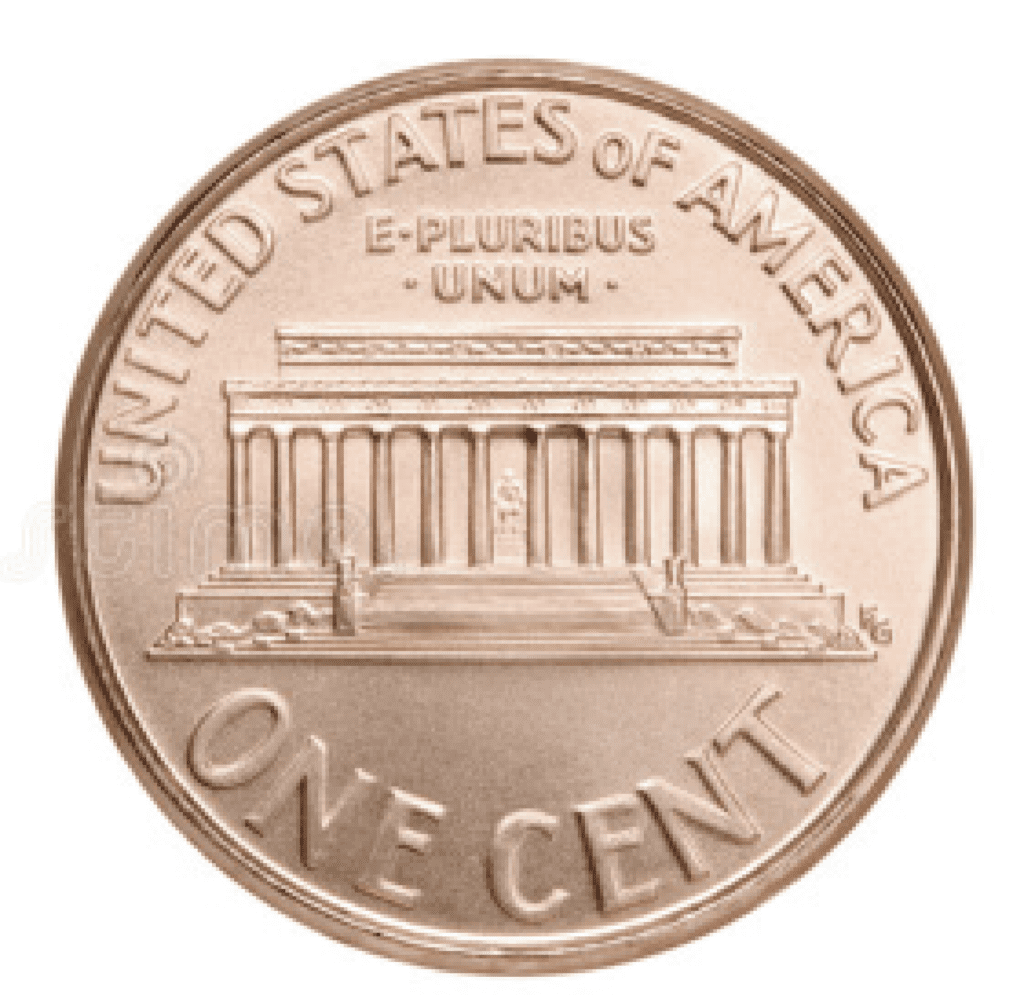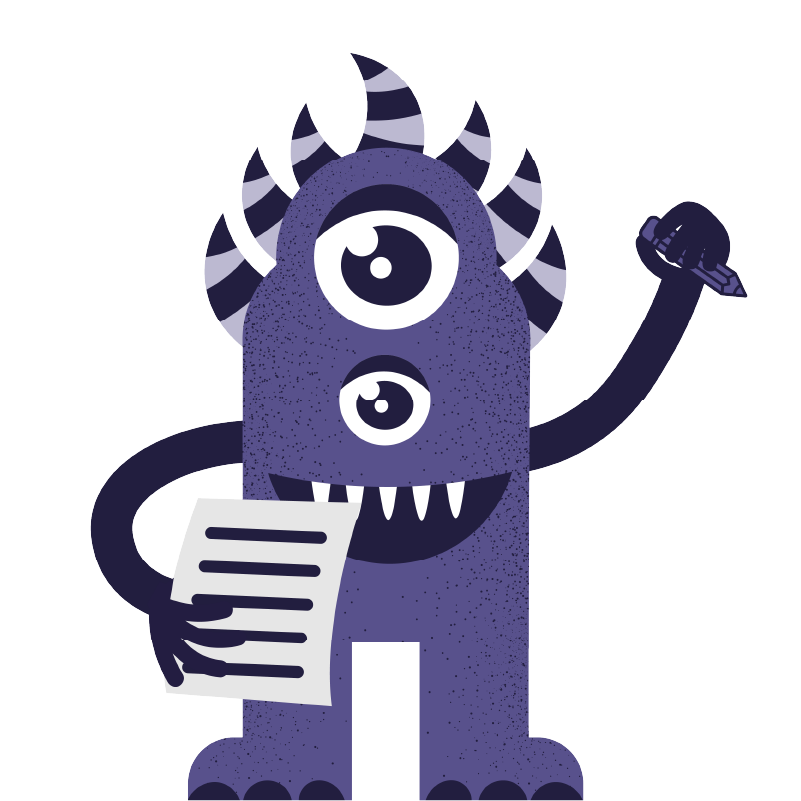Expectations For Students
By the end of the year, 7th graders should know:
Learning 7th Grade Mathematics
Analyze proportional relationships by using a table or graph on a coordinate plane . Tell the difference between proportional relationships & those that are not.
Use proportions to solve multi-step problems with:
- Unit Rates
- Raul drove 468 miles in 2 days at an average speed of 52 miles per hour. On the first day, he traveled 4 hours at an average speed of 62 miles per hour. What was Raul’s average speed on the second day of driving?
- Scale factors, length ratios, & area ratios
- If two similar rectangles have heights of 3 and 5, and the first rectangle has a base of length 7, what is the length of the base of the second rectangle?
- Scale drawings and conversions of measurement
- Using the conversion rate 1 km = 0.62 miles, how many kilometers are there in 26.2 miles?
- Interest, tax, unit price, markups & markdowns, tips & commissions
- Sandra bought a book for 25% off the original price. If she paid $16.50 for the book, what was the original price?
Understand rational numbers , compare, & plot them on a coordinate grid. Apply order of operations to add, subtract, multiply, & divide rational numbers.
Use algebraic properties to write & rearrange equivalent expressions. Evaluate expressions that have rational numbers, absolute values, & whole number exponents.
1/3 (2x-5)2 at x = 5
Solve real-world & math problems using equations & inequalities involving variables & positive & negative rational numbers .
Miguel knocked over a carton of milk & 3 cups were spilled before he set the carton upright again. When Miguel poured out the remaining milk equally into two measuring cups, there was 3 ⁄4 of a cup of milk in each cup. How much milk was in the carton originally?
Solve two-step equations involving rational numbers & exponents.
x + 41/8 = 2/3 then x = ?
Solve real-life problems involving angle measures, area, circumference , & volume . Explain the formulas they used.
Find the probability of simple & compound events, write probabilities as fractions, decimals, & percents.

The probability of rolling one die and getting a “3” is a simple event and the probability is 1 in 6 or 1/6. The probability of rolling one die and getting a “3” and flipping a coin and getting “tails” is a compound event and the probability is 1/6 x 1/2 which is 1 in 12 or 1/12.


7th Grade Math Examples
Sidebar Tooltip
What is the value of 43.
64
One less than twice a number, x, is 27. Write an equation that can be used to find x.
2x – 1 = 27
The length & width of an 8-inch by 12-inch photo are each reduced by 50%. Then they are reduced a second time by 25%. What is the perimeter of the new photo?
15
Which number is not rational?
- 3/9
- 0.39
- answer 3
- 3.393993999….
D: 3. 393993999….
Graph the solution to |x|=3 on a number line.
The points should be on -3 and 3 with a line connecting them
The distance Jan travels in 2 hours is 18 miles more than the distance she travels in 0.5 hours. The distance she travels is proportional to the time. How many miles does Jan travel in 2 hours?
24 miles
The surface area of a cylinder is 175.8 square centimeters. What is the height of the cylinder? (Use 3.14 for π.)
a.) 2.3 centimeters
b.) 3.0 centimeters
c.) 3.5 centimeters
d.) 4.5 centimeters

b.) 3.0 centimeters
A teacher records the book report scores of some students in her class using scores from 1 to 100.
95 75 88 82 60 89 95 73
The teacher has 1 more book report score to record. What score will make the mean & the median of the scores the same?
85
Which equation represents a proportional relationship?
a.) a.) y =
b.) y = x
c.) y = 3x + 1
d.) x2
b.)
A game uses 2 spinners that have sections colored blue (B), red (R), & yellow (Y). The probability of spinning blue on both spinners is 1/6. The probability of spinning red on both spinners is 1/6. What color is each section of the spinners? Write B, R, or Y in the corresponding box.

Answers may vary.
Example Tooltip
Everyday Activities to Support Learning
Tips for Talking to Teachers
A strong relationship between families and teachers is key to ensuring students have what they need to succeed. Parent involvement not only leads to higher grades and test scores, but also helps students develop self-confidence, motivation, and social skills. Knowing what questions to ask at school visits and parent-teacher conferences can help you feel confident when it comes to addressing your child’s’ academic needs.


